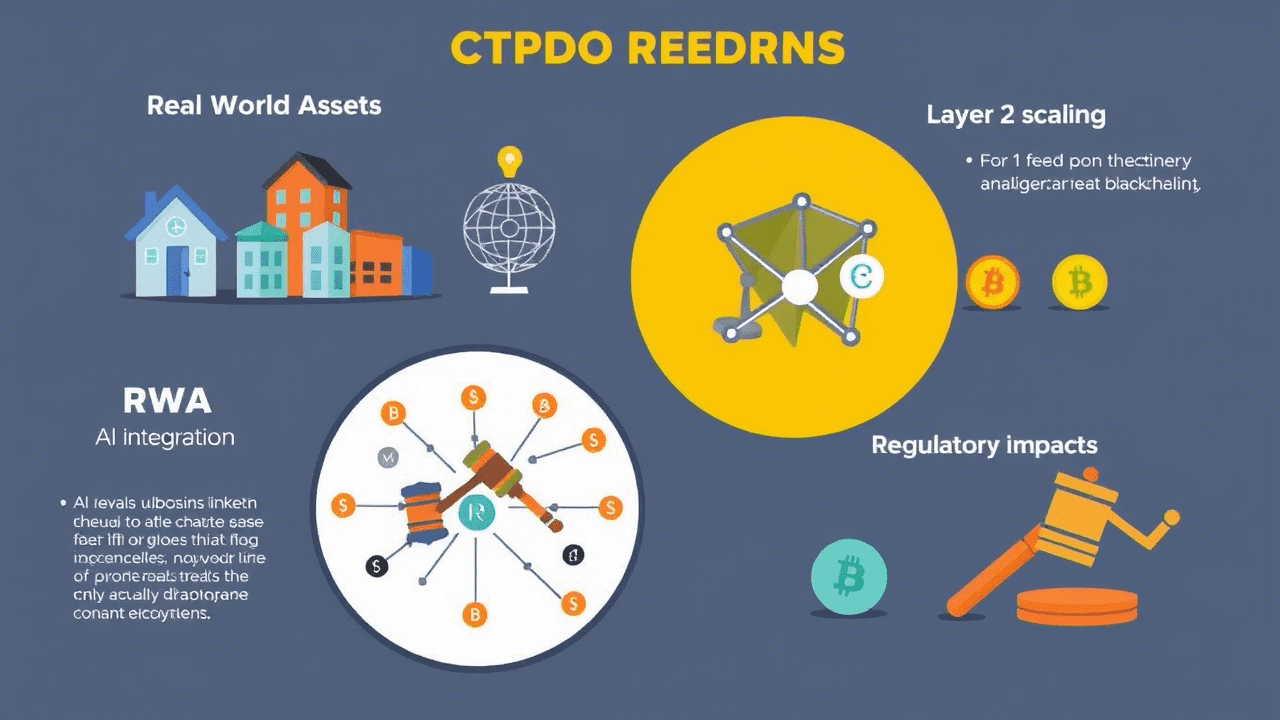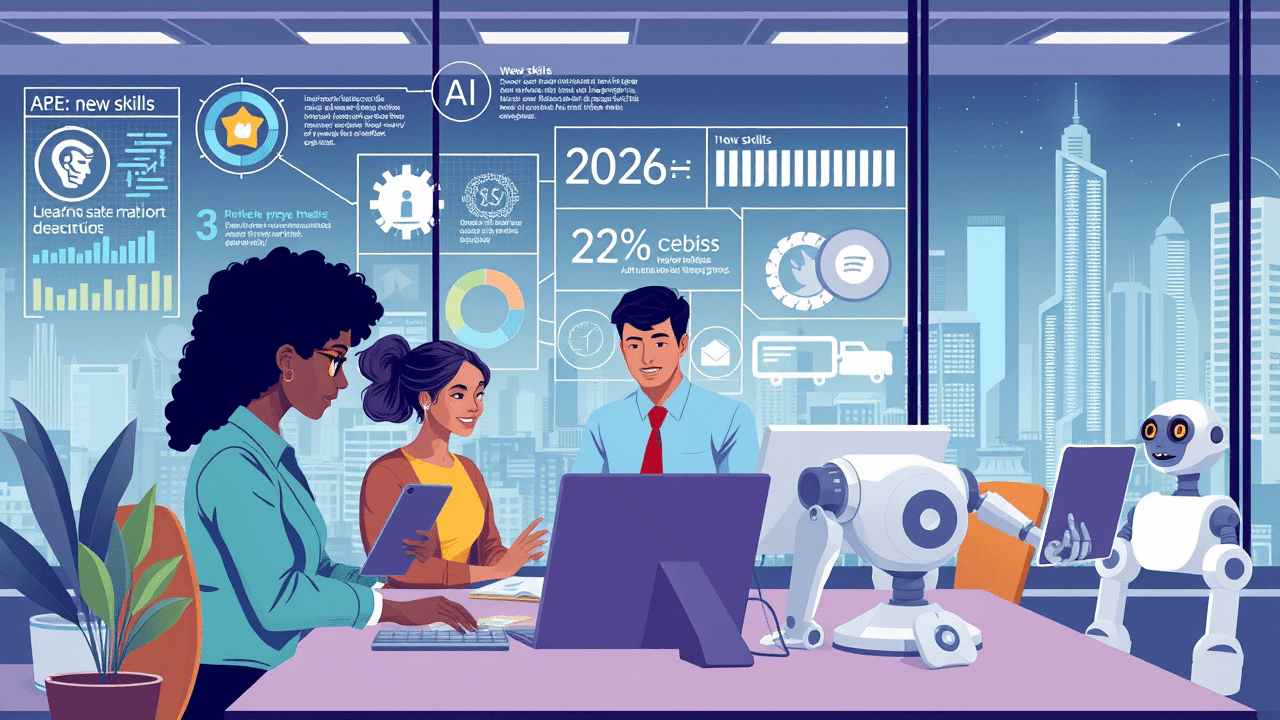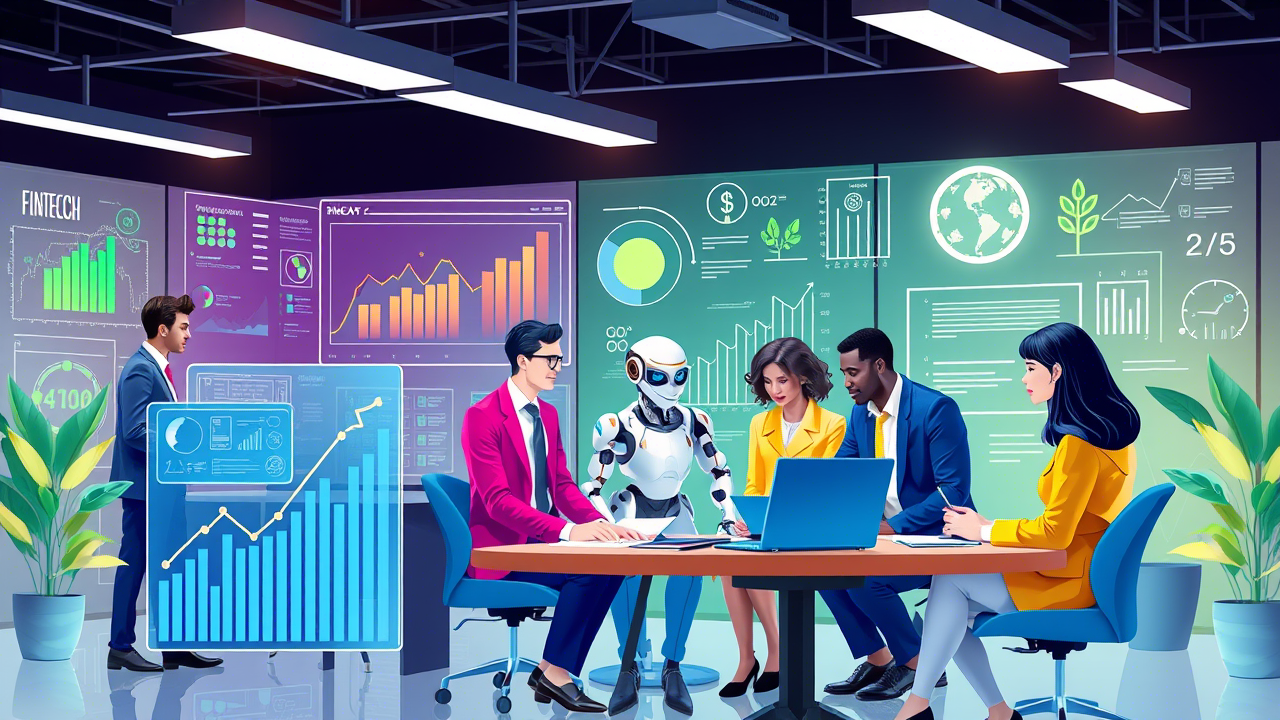Introduction: The Urgency of Workforce Transformation in the Age of AI
The Artificial Intelligence (AI) revolution is not coming—it’s here. As automation, machine learning, and intelligent systems become integral to business operations, companies face a decisive moment. Upskilling your workforce for the AI era is no longer optional; it is a strategic imperative for organizations seeking sustainable growth, innovation, and competitive advantage.
Why Upskilling Matters in the AI-Driven Economy
AI is reshaping every industry—from finance to manufacturing, healthcare to logistics. With this transformation, the demand for digital fluency, data literacy, and technological adaptability has skyrocketed. Organizations that fail to evolve will fall behind.
Workforce upskilling ensures employees are not just surviving but thriving amid change. By investing in continuous learning and professional development, companies future-proof their operations, reduce employee churn, and cultivate an agile, resilient organizational culture.
Identifying Key AI-Era Skills That Drive Business Success
To remain relevant, companies must align their upskilling efforts with the evolving skills landscape. The following capabilities are critical in the AI economy:
1. Data Literacy and Analytical Thinking
Understanding how to interpret, visualize, and derive insights from data is fundamental. Employees at all levels must be equipped to make data-driven decisions.
2. Digital Transformation Competency
Staff must understand AI technologies, automation tools, and digital workflows to contribute meaningfully to innovation initiatives.
3. Programming and Machine Learning
For technical roles, knowledge of Python, R, SQL, and machine learning frameworks is crucial. These skills empower teams to design and deploy intelligent systems.
4. Cybersecurity Awareness
As reliance on AI and cloud services increases, so does the risk. Cyber hygiene, threat detection, and privacy protection protocols are core competencies in today’s environment.
5. Soft Skills: Adaptability, Critical Thinking, and Collaboration
Machines handle routine tasks, but complex problem-solving, emotional intelligence, and cross-functional collaboration remain deeply human strengths.
Strategic Benefits of Upskilling in the AI Era
1. Increased Productivity and Innovation
An upskilled workforce accelerates digital adoption, reducing friction and unlocking higher productivity levels. Employees become innovation catalysts, not barriers.
2. Talent Retention and Employee Satisfaction
Upskilling signals investment in employees’ futures. Workers who feel valued are more likely to remain loyal and engaged, driving reduced turnover and recruitment costs.
3. Enhanced Agility in Times of Disruption
The pandemic, economic shifts, and geopolitical instability have proven that agility is key. Upskilled teams pivot faster, adapt to change, and continue delivering value under pressure.
4. Competitive Advantage
Organizations at the forefront of workforce development attract top talent and outperform less agile competitors. Upskilling is the ultimate brand differentiator in a knowledge-driven economy.
Implementing a High-Impact Upskilling Strategy
1. Conduct a Skills Gap Analysis
Start by identifying the current skills inventory versus what’s needed to thrive in the AI landscape. Use data-driven tools and HR analytics to assess gaps.
2. Develop Personalized Learning Pathways
Avoid a one-size-fits-all approach. Use learning management systems (LMS), AI-powered platforms, and mentorship to deliver tailored upskilling experiences based on roles and career aspirations.
3. Integrate Learning Into Daily Workflows
Foster a culture where learning is embedded—not bolted on. Microlearning, peer coaching, and on-the-job projects ensure theory meets practice in real time.
4. Partner with Educational Institutions and Tech Providers
Collaborate with universities, coding bootcamps, and EdTech firms to access cutting-edge curriculum and certification programs that align with industry needs.
5. Create Internal AI Academies
Industry leaders like IBM, Amazon, and PwC have launched internal academies to train their workforce on AI and emerging tech. Custom learning ecosystems maximize organizational alignment and impact.
AI-Driven Tools That Accelerate Upskilling
The very technology that disrupts work can also power upskilling. Organizations should leverage AI in their learning strategies through:
- AI-powered recommendation engines for personalized learning
- Chatbots and virtual coaches for real-time support
- Gamification and simulations for immersive practice
- Predictive analytics to track progress and optimize learning interventions
Leadership’s Role in Driving Upskilling Initiatives
Successful transformation begins at the top. Leaders must act as champions of continuous learning, modeling growth mindsets and holding teams accountable for skill development. Upskilling must be woven into business KPIs and performance reviews—not treated as an HR initiative alone.
Executive-Level Actions to Enable Success:
- Allocate budget to L&D programs tied to strategic goals
- Promote internal mobility and reskilling opportunities
- Publicly recognize skill acquisition and learning achievements
- Establish cross-functional task forces to oversee AI integration
Case Studies: Companies Winning with Upskilling
Amazon: $1.2 Billion Commitment to Reskilling
Amazon’s Upskilling 2025 initiative is training 300,000 employees in cloud computing, machine learning, and IT support, enabling career growth and future-readiness.
AT&T: Workforce 2020 Transformation
By investing in reskilling programs and partnerships with Coursera and Udacity, AT&T retrained its workforce to support a digital-first vision—reducing costs and increasing retention.
PwC: Digital Fitness App and Upskilling Culture
PwC’s internal “Digital Fitness” app empowers employees to self-assess digital acumen and engage in tailored learning journeys, fostering a bottom-up transformation culture.
Metrics That Prove the ROI of Upskilling
To justify continued investment, track measurable outcomes:
- Employee performance improvements
- Increased internal promotion rates
- Reduced external hiring costs
- Faster project delivery timelines
- Higher employee Net Promoter Scores (eNPS)
These metrics quantify the tangible benefits of a future-ready workforce.
Conclusion: Building a Workforce Prepared for Tomorrow
In the AI era, the success of your business hinges on the strength of your people. Upskilling is not just an HR function—it’s a business imperative that determines whether organizations lead, follow, or vanish.
By acting decisively to reskill, retrain, and empower teams, companies don’t just react to disruption—they become architects of the future. The organizations that prioritize learning today will shape the economy of tomorrow.





